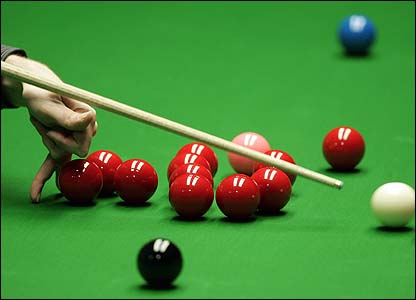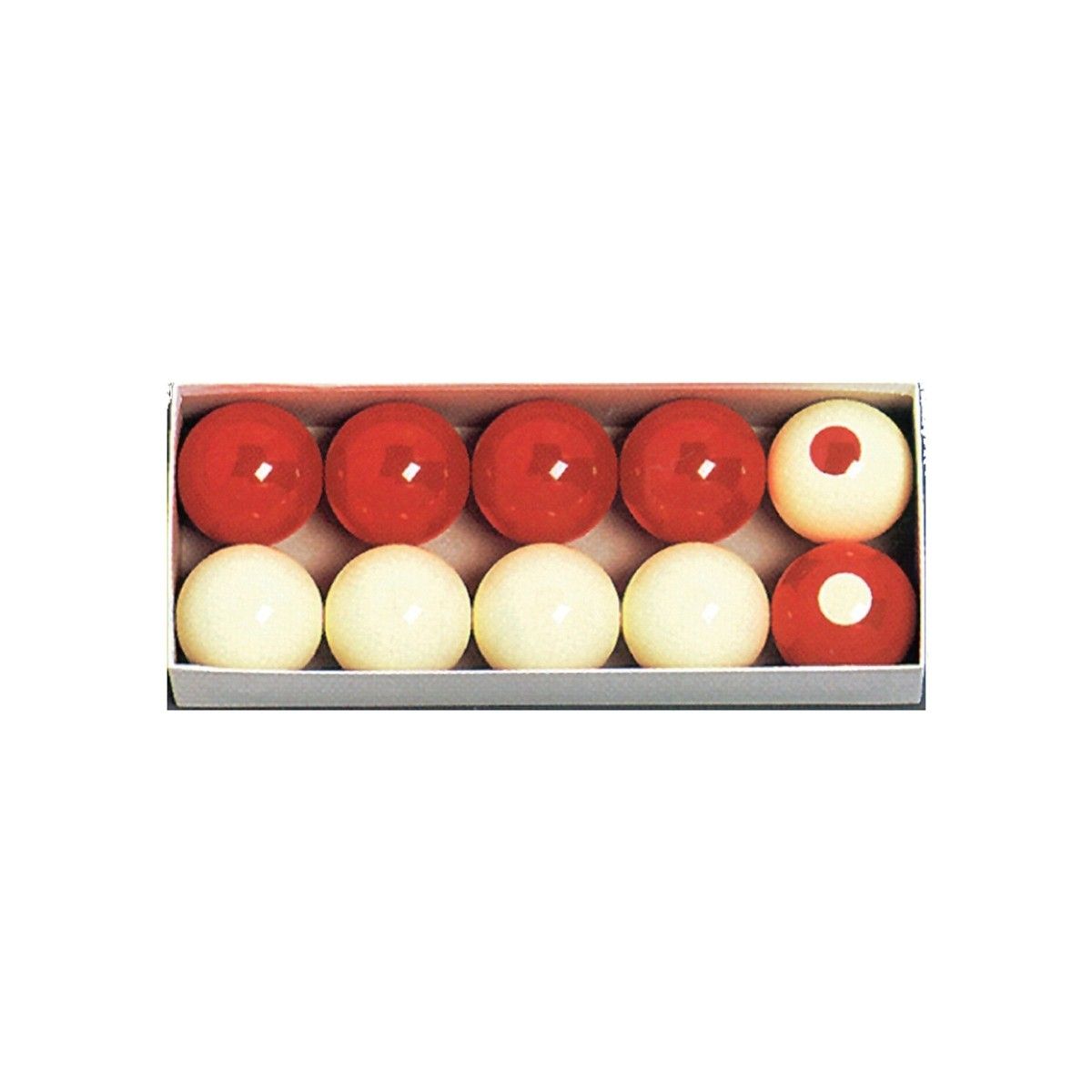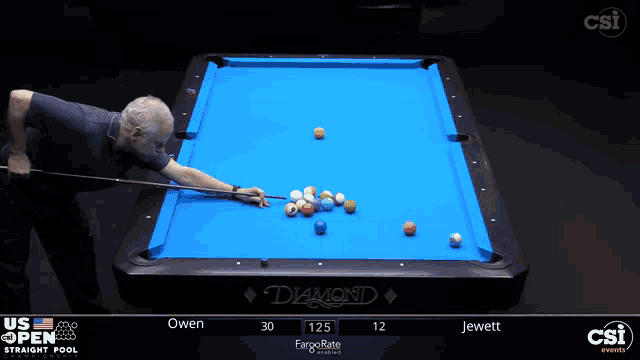
The rules of dodgeball have simple and easy to follow. For instance, players need to protect themselves against direct headshots. They must also protect themselves against dead balls. These rules can be enforced by a referee. The game ends when a player is eliminated. This game was originally played in gyms or camps. Although there are rules to follow in competitive games of dodgeball, it is easy enough to play in any environment. The process of selecting teams is as simple as choosing a line or as complex as choosing players.
Players must be cautious about taking direct headshots.
Players must take evasive measures to prevent a player getting a direct shot at their head. Direct headshot is when the ball directly strikes a player's head. The ball must not have touched anything before hitting a player's head (although the ball can deflect off the player's hands or body prior to hitting a head). The player must also be in an upright position at the time of being hit. Headshots are automatically negated if the player moves out of their normal position.
In dodgeball, players must protect themselves from direct headshots. It is considered a "dead ball" if the ball leaves the throwing hand and hits a player directly in the head. The player who takes a direct headshot while standing straight is considered safe. A player who is hit in the head while sitting upright will be ejected.
Dead balls
Dead balls are balls that are not thrown into play during a game. They are used in order to prevent multiple hits from the same object. A small court with a centerline and two sideslines is used for dodgeball games. The game's rules are honour-based and self-refereed. There are four referees who are stationed at either end of the centerline. They will confirm hits and count time until the ball is in the possession of each player. Each team begins with one ball. Two balls are placed at the center of the court. Each team has a five-second grace period before releasing a ball.

If a dodgeball thrown by one team is not within the boundaries of the other team's territory, it will be considered "dead balls". The player who steps on the boundary line of another team's team is out. A player must keep his or her ball within ten seconds or else they'll be out of the game.
Unsportsmanlike conduct
The game of dodgeball has specific rules that must be followed by all participants. Participants must wear a shirt and shorts without sharp metal parts. The game is kept moving by a referee to ensure that all players are safe. Referees also have the responsibility of deciding on contested play. Referees' decisions are final and can not be appealed. In the event that a player is caught violating the rules, they will be warned. Referees can issue technical fouls, depending on how serious the violation is.
Participant who engages dangerous throwing behavior will be kicked out of the game. This behavior will result in the game being forfeited. A dangerous throw is any throw that is high and near the head of an opposing player. The throwing player will be removed from the game for this offense and will not be allowed to play in any other matches for the remainder of the match.
Overtime rules
Dodgeball, a sport that involves players trying to catch a ball live before it touches ground, is one example. The court is the boundary of play. Players are to stay within it. Players can also be kicked out if they touch the ground beyond the center line or attempt to kick the dodgeball. If there is a tie in the game, overtime can take place to determine the winner.
Each team may only retrieve 3 (3) balls to their left of the center hashi. The ball must be placed behind their line of attack before legal throwing. Overtime has a limit of three minutes. The winning team with more players will win.

Neutral zone
The neutral zone is the area that surrounds the court's centerline in dodgeball. This area is where players can walk or hit, but they will be out of the game if they cross it. Players can use a variety of offensive and defensive strategies to attack their opponent from within the neutral zone. However, players must not be touched or hit.
There are six teams on the court. The balls on either side of the court are the teams's property. The ball must be returned to the team that has most of them within 10 seconds. Two ball retrievers are available to each team for collecting off-court balls. If a ball retriever is found interfering or stepping in the neutral zone, they will be removed from the game.